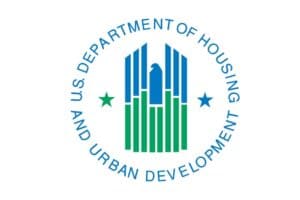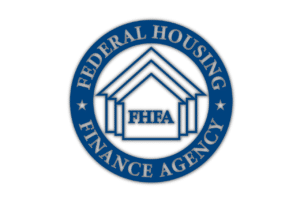News

High-Stakes Congressional Action Ahead, Contact Democratic Elected Officials About Housing Now!
High-stakes is an understatement. Appropriations for the federal government are set expire at 11:59 p.m. ET tomorrow, September 30. If a bill isn’t passed by both chambers and signed by the President before then, the federal government will shut down amidst a resurging global pandemic.

Disaster Planning and Mitigation for Affordable Housing Organizations Webinar – Sept. 25
The Public and Affordable Housing Research Corporation and the National Low Income Housing Coalition are holding a webinar on September 25 from 1 to2:30 p.m. ET on Disaster Planning and Mitigation for Affordable Housing Organizations.

Comments on CDFI Fund’s Bond Guarantee Program Materials Due November 15
The Community Development Financial Institutions Fund (CDFI Fund) is soliciting comments concerning its Bond Guarantee Program’s information collection.

HUD Posts Annual Adjustment in FHA Statutory Mortgage Limits, List of High Cost Areas for 2021
The Annual Indexing of Basic Statutory Mortgage Limits for Multifamily Housing Programs; Annual Indexing of Substantial Rehabilitation Threshold Notice was published in the Federal Register on September 9.

HUD Issues HOME-ARP Guidance for Assisting Households Experiencing or at Risk of Homelessness
HUD published Notice CPD-21-10.

$180 Million of HUD CARES Act Funding for Covid-Relates Property Expenses
HUD’s Office of Multifamily Housing published a Housing Notice making available CARES Act funds to offset property expenditures to combat the effects of COVID-19.

Arthur Jemison Nominated as CPD Assistant Secretary
President Joseph Biden (D) nominated Arthur Jemison to be Assistant Secretary of Community Planning and Development (CPD) at HUD. Jemison has been serving in an acting capacity and now awaits approval before the Senate.

House Committee Passes Changes to ERAP
Last week, the House Financial Services Committee reported a marked-up Expediting Assistance to Renters and Landlords Act of 2021 (H.R. 5196) to the House, which, if enacted, would make significant changes to the Emergency Rental Assistance Program (ERAP).

House Committees Mark Up Reconciliation Bills with Major Housing Investments
The House Financial Services Committee completed their work on Tuesday and sent their portion of the bill to the House floor with a 30-24 party-line vote. The committee voted down all of the amendments offered by Republicans.

OCC Issues Proposal to Rescind Its 2020 Community Reinvestment Act Rule
The OCC announced it is soliciting comments on proposed rules to rescind the CRA rule issued in 2020 and replace it with rules adopted jointly by the federal banking agencies in 1995, as amended.

HUD Designates 2022 DDAs, QCTs
HUD designated Difficult Development Areas and Qualified Census Tracts for 2022.

Fannie, Freddie Each Increase LIHTC Investment by $350 Million; FHA Risk-Share Programs Resume
Last week, the White House released a sweeping set of actions the Biden-Harris administration is taking to increase the supply of affordable housing.